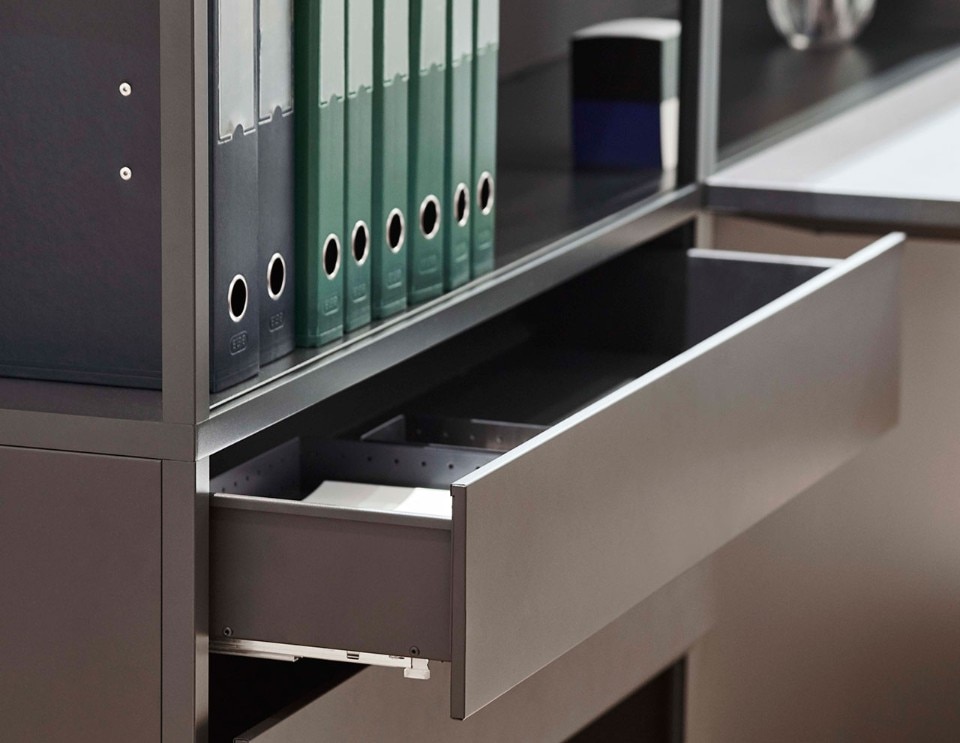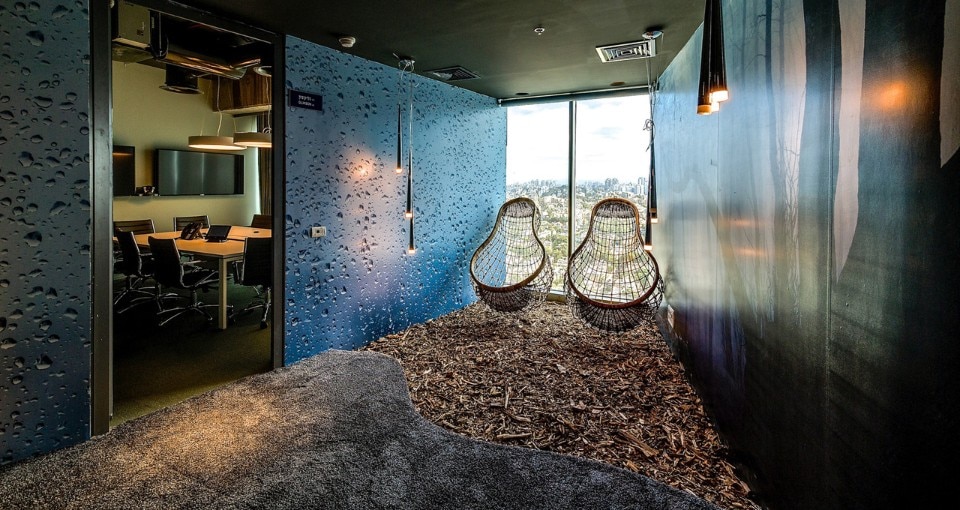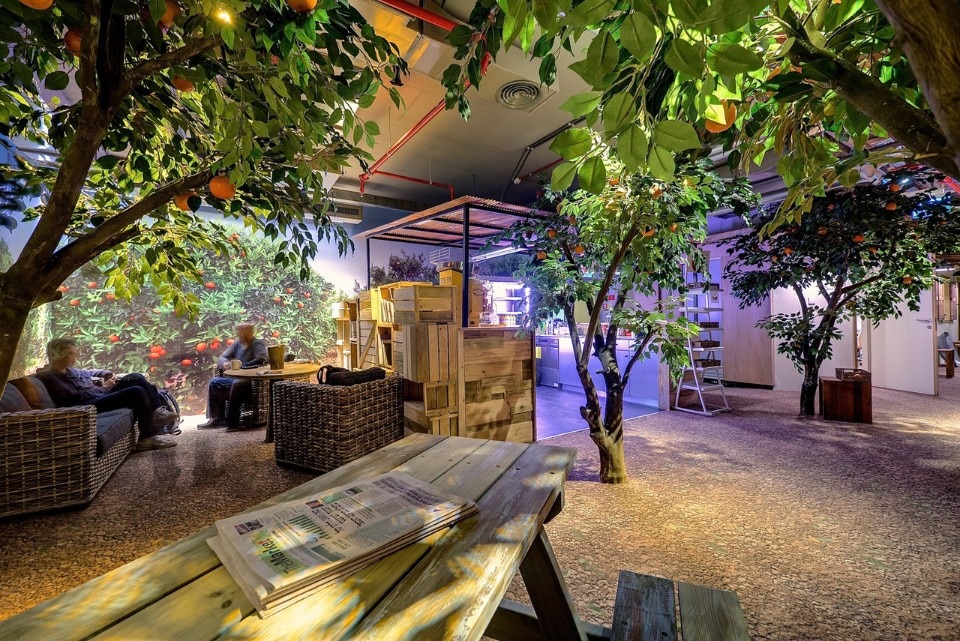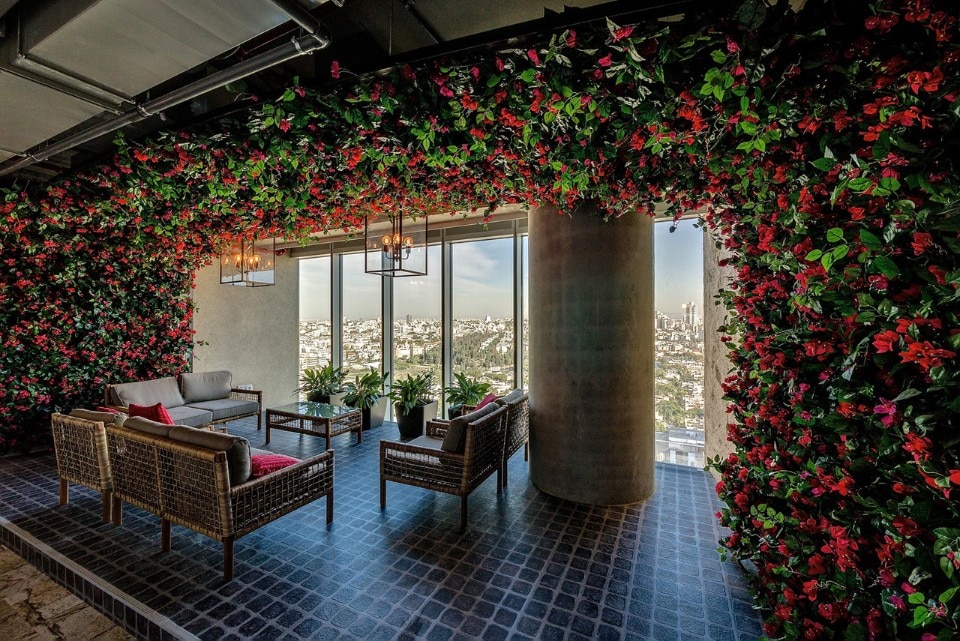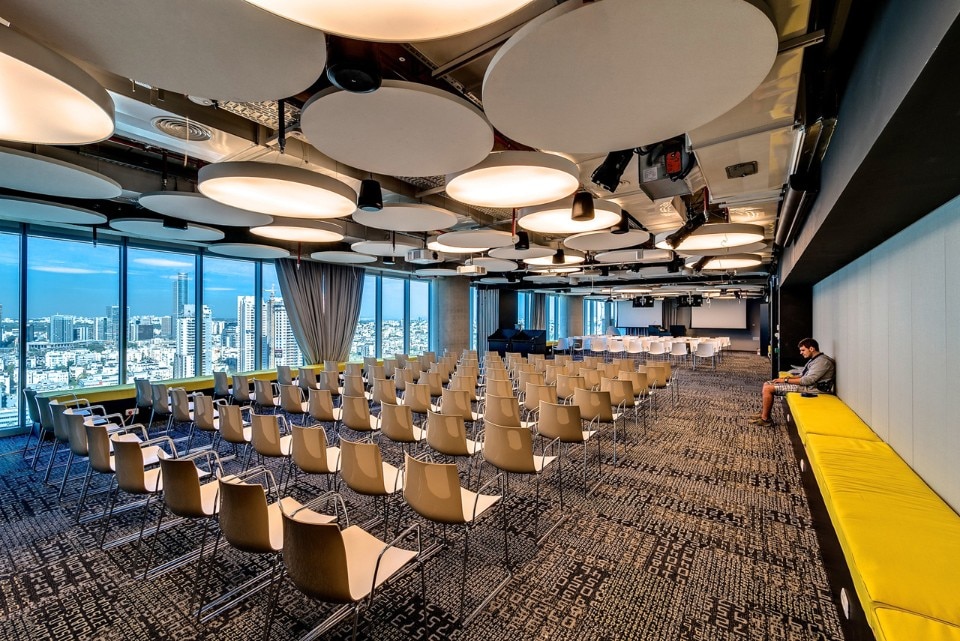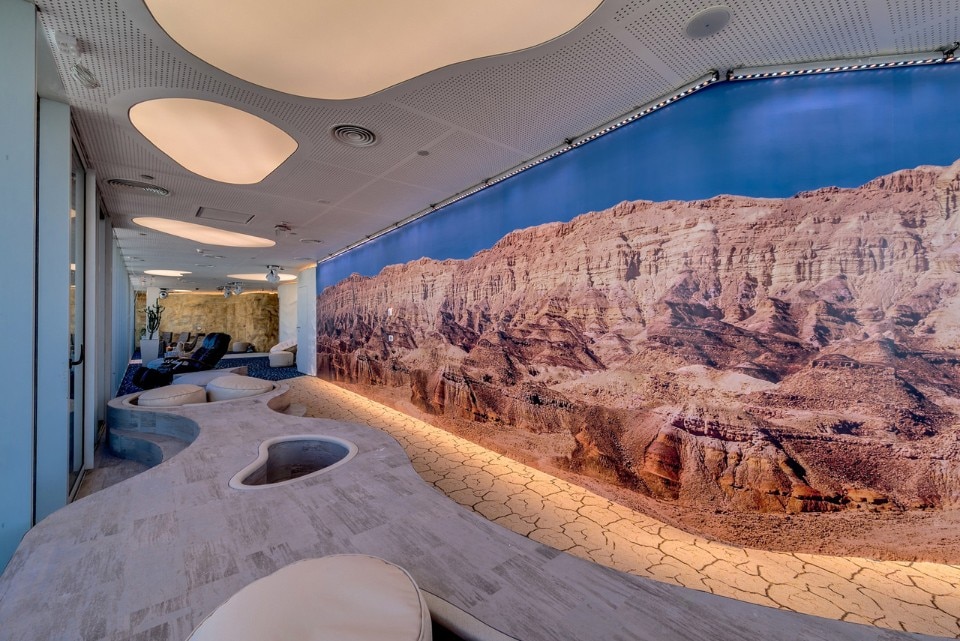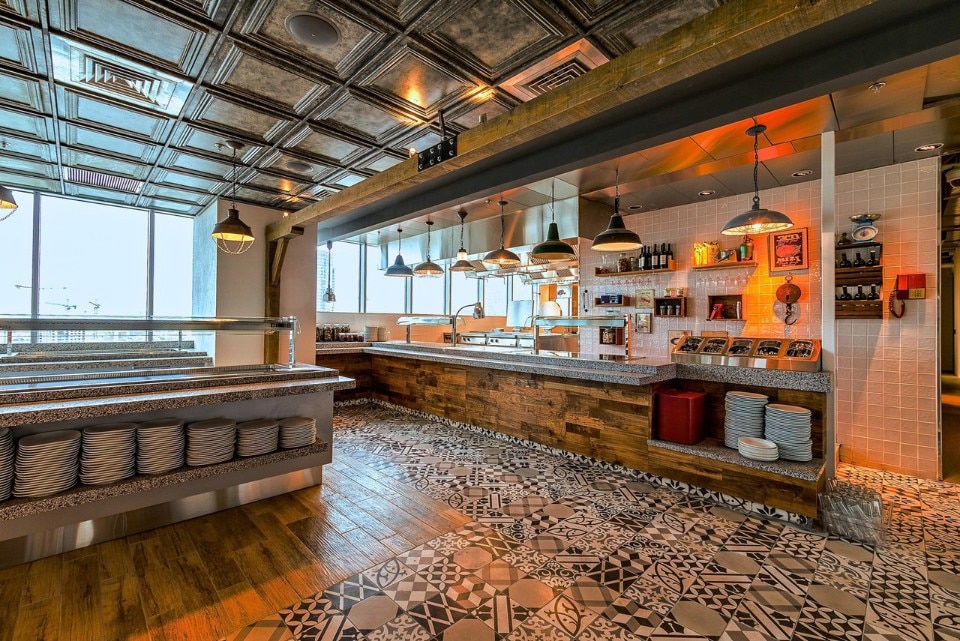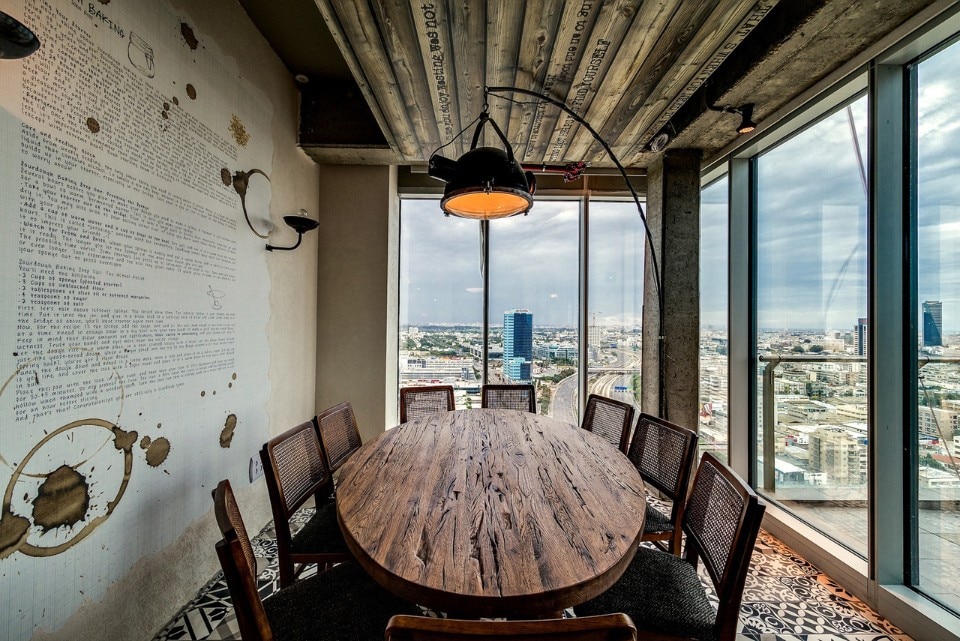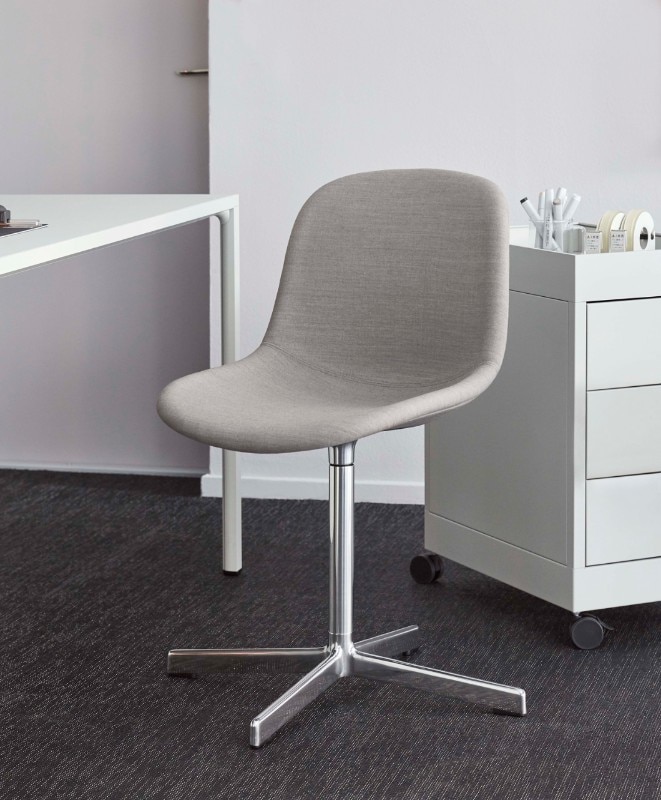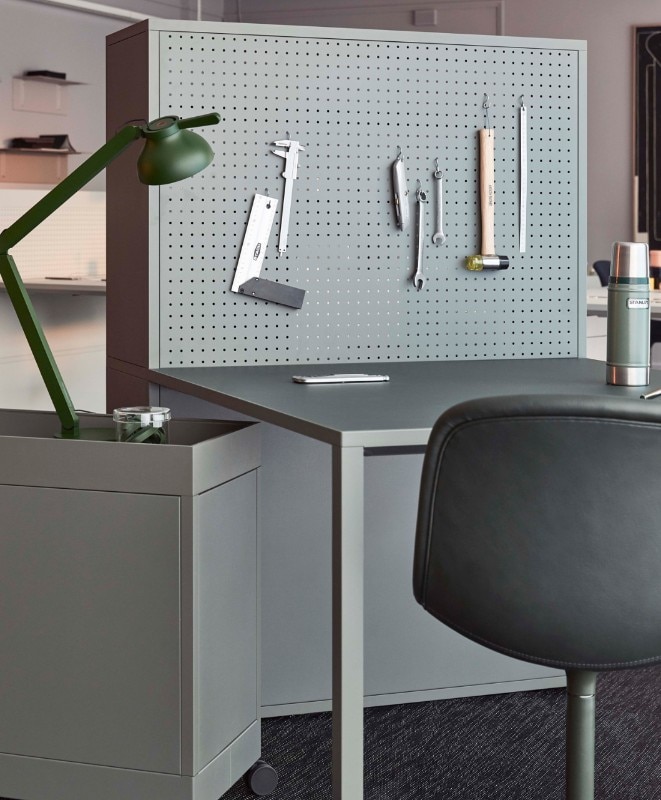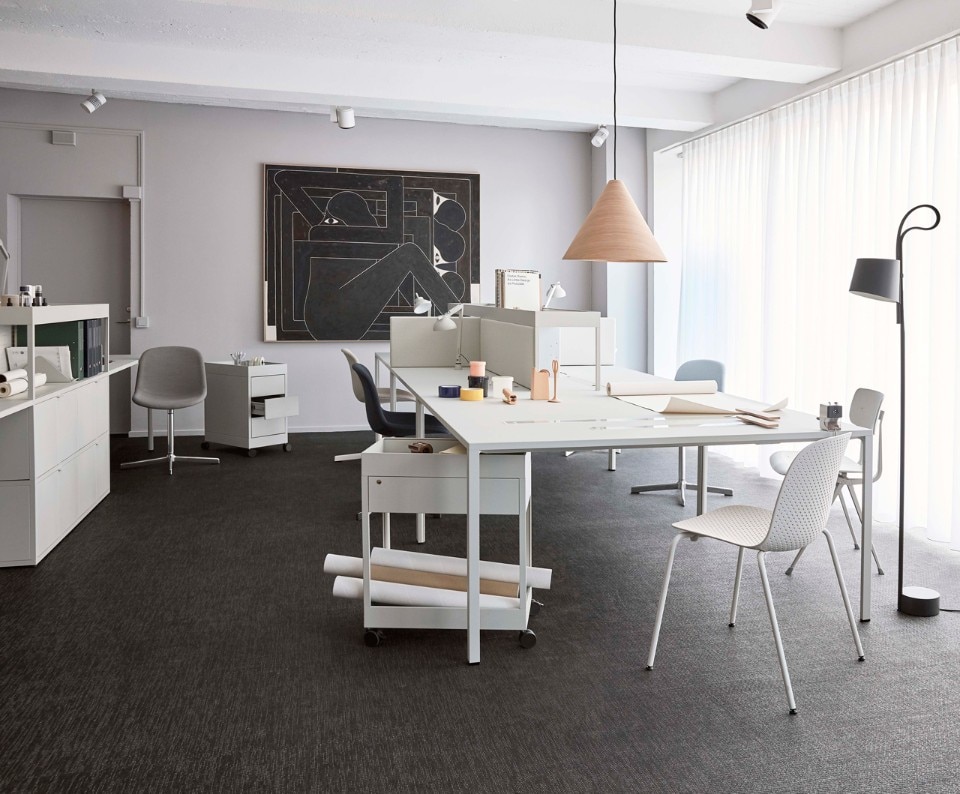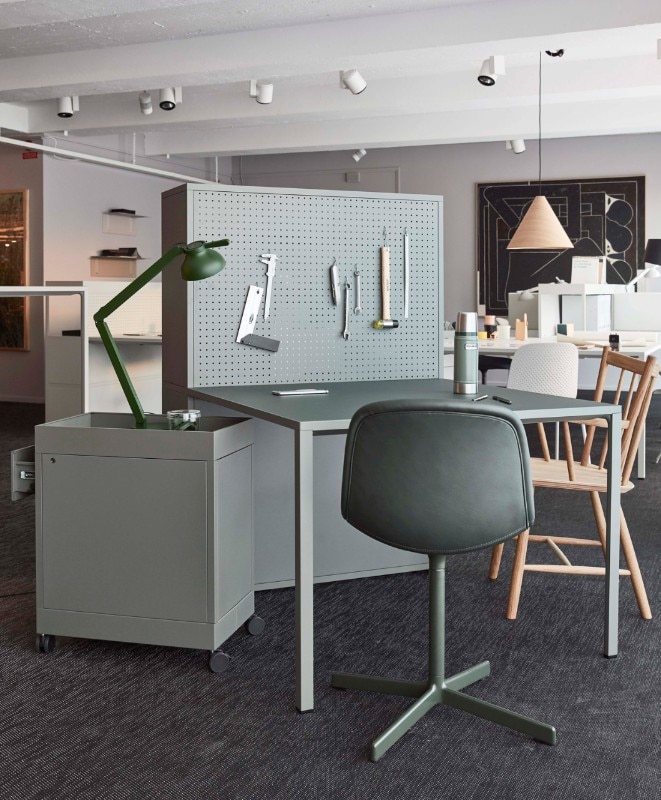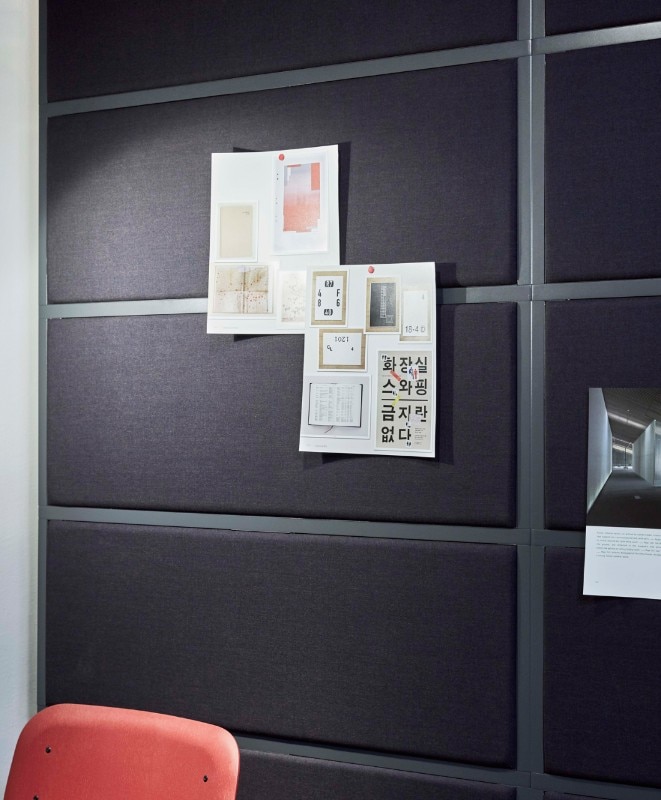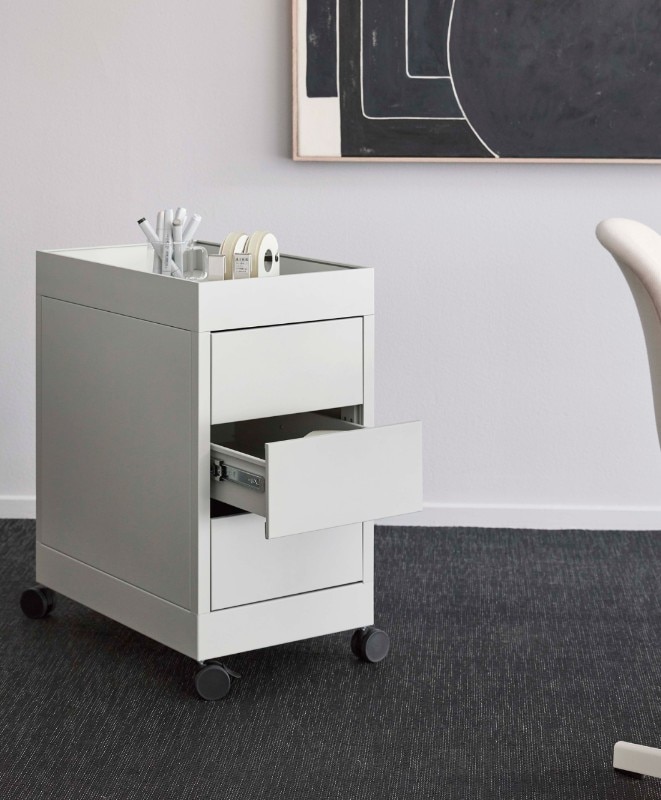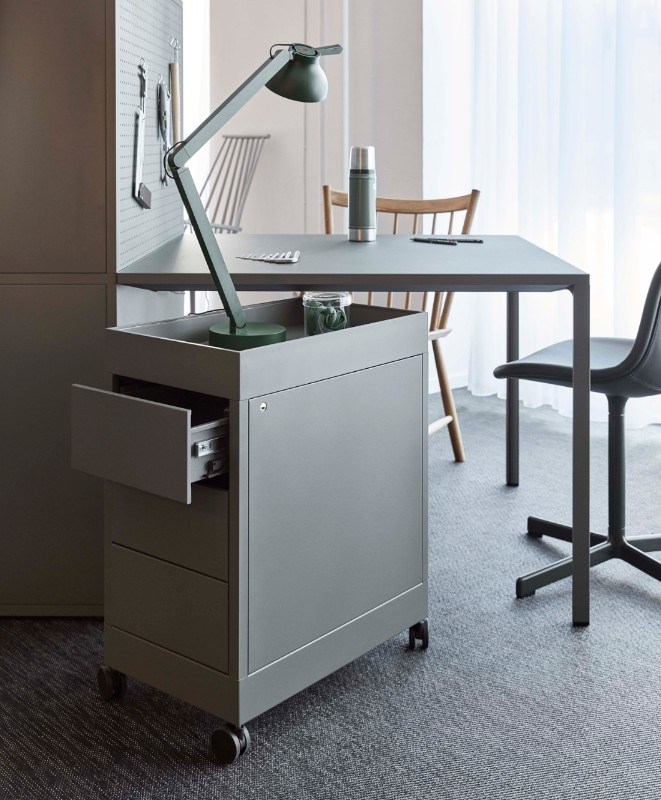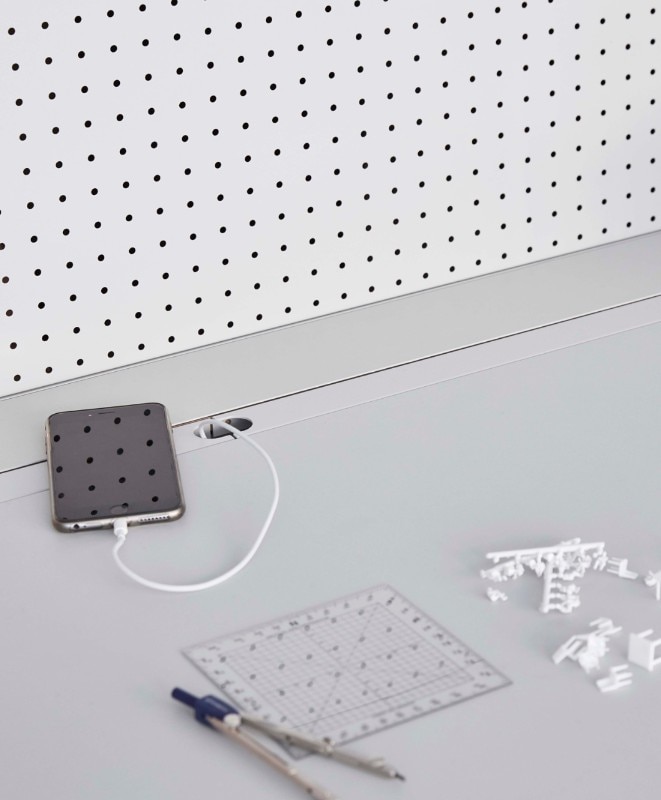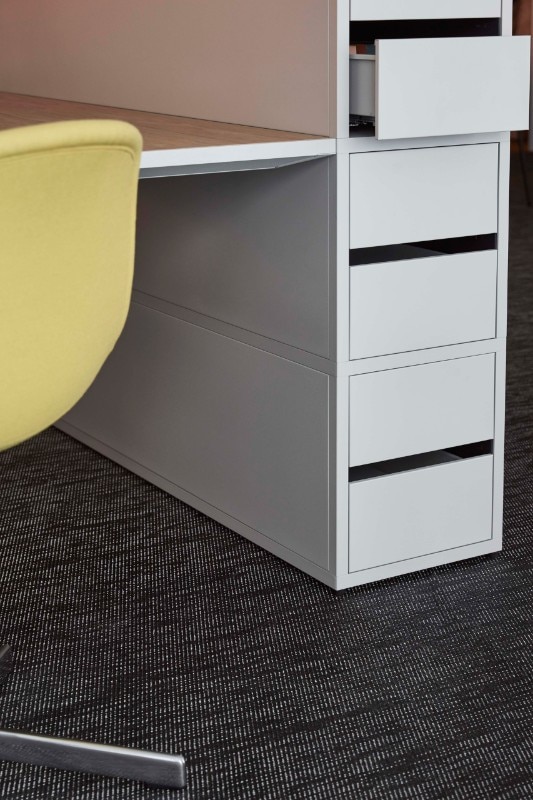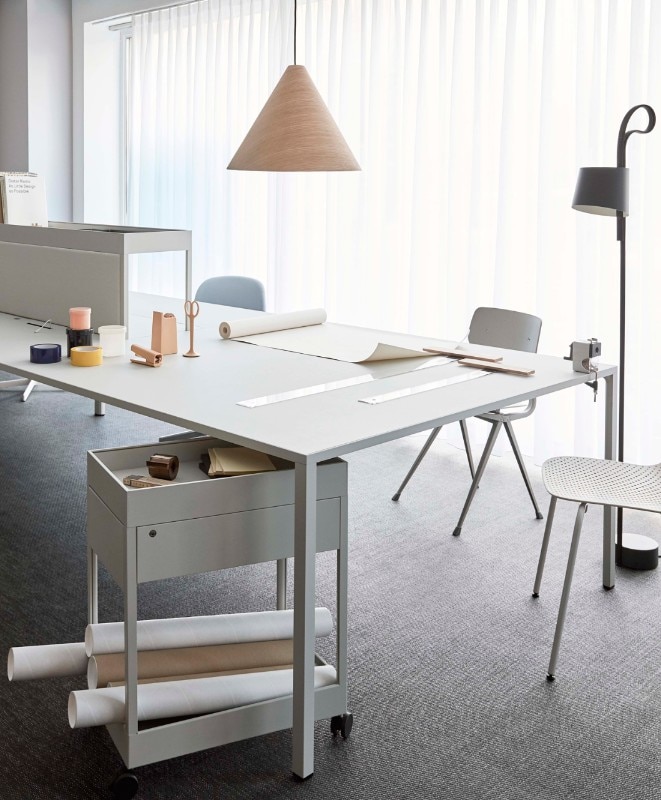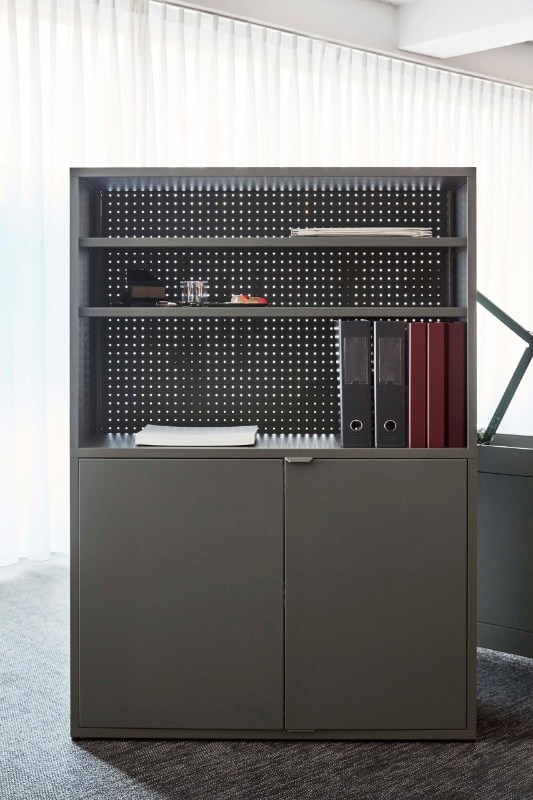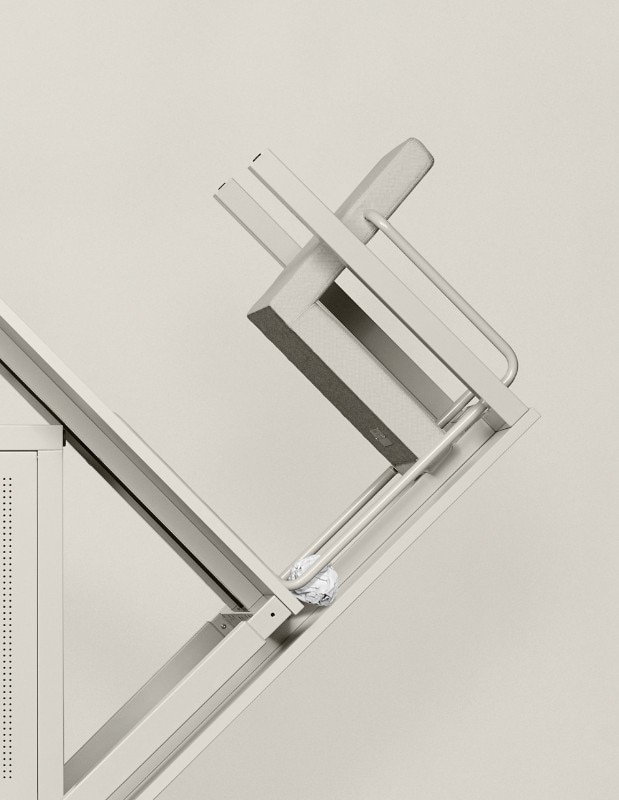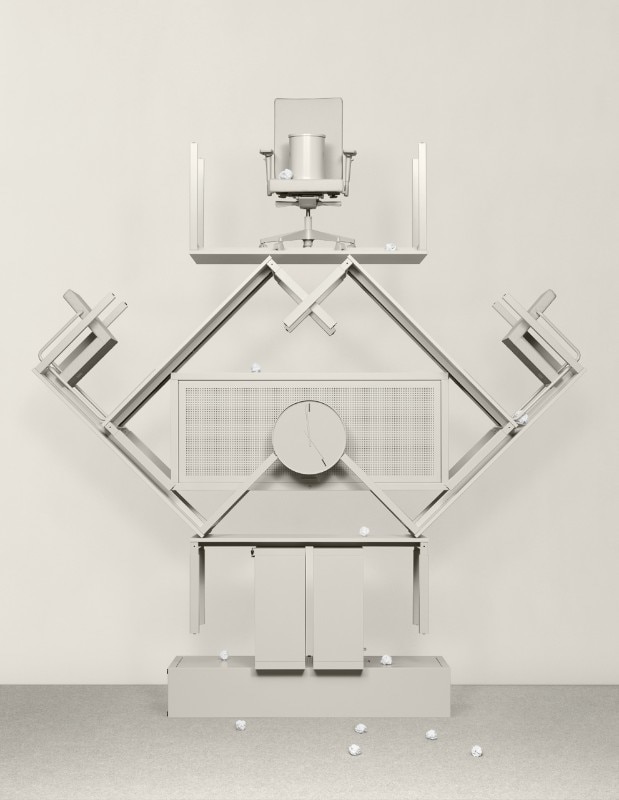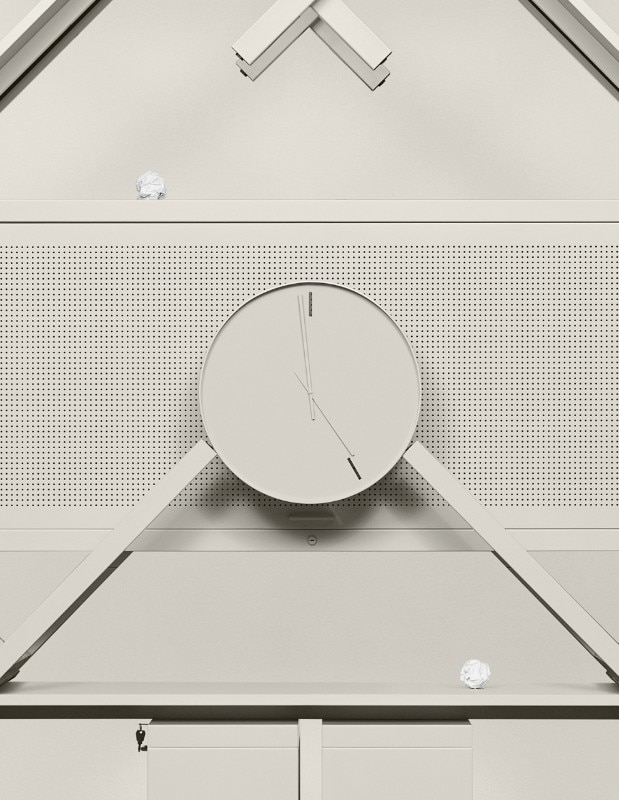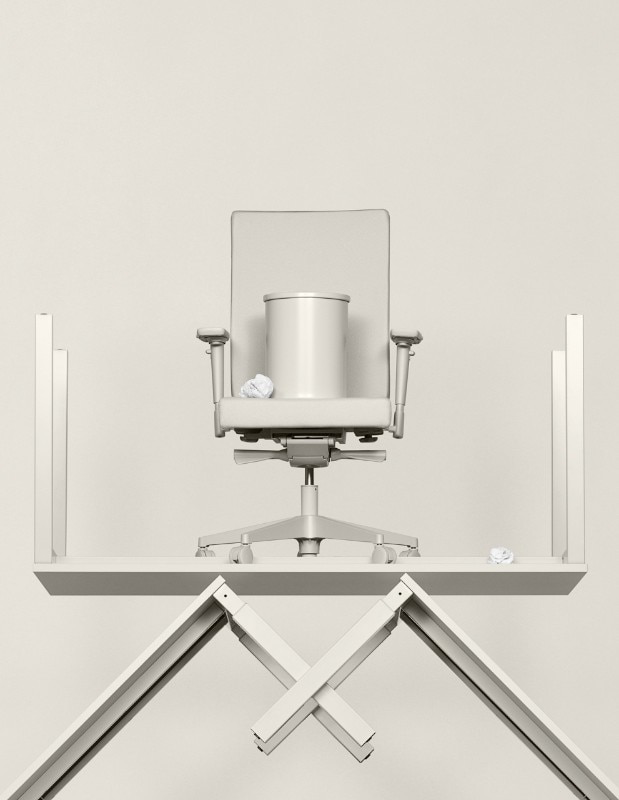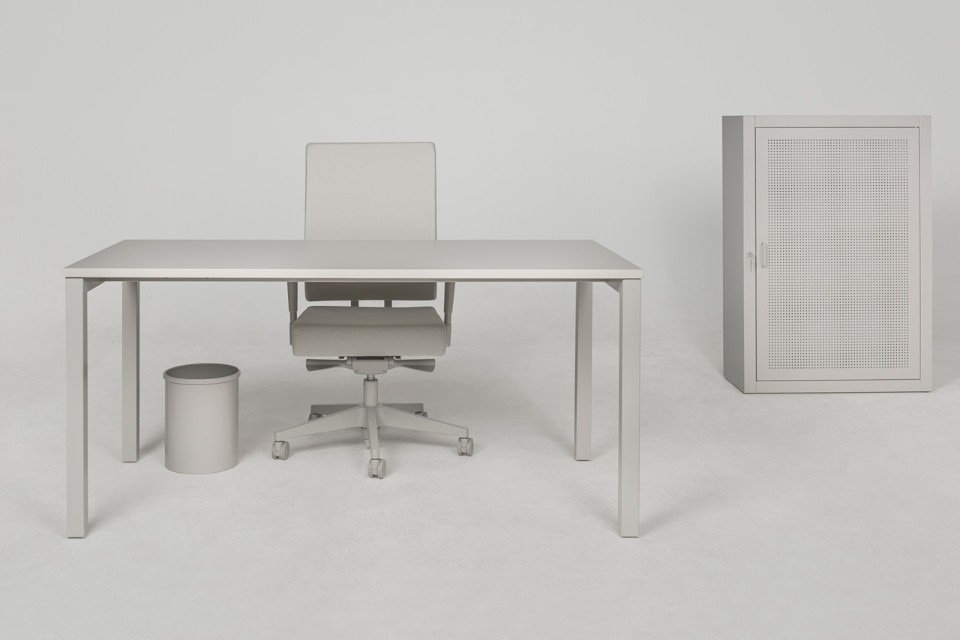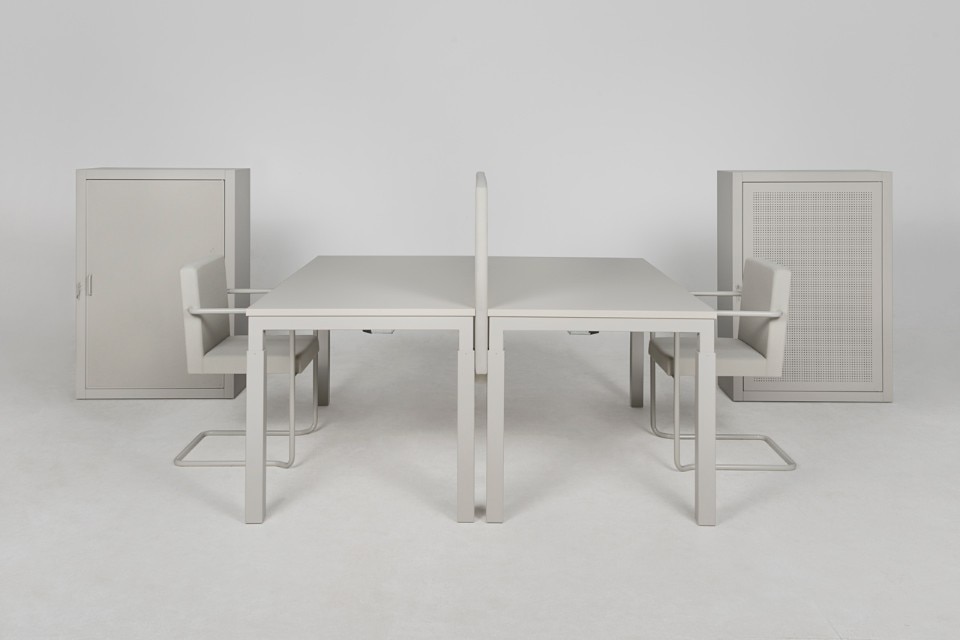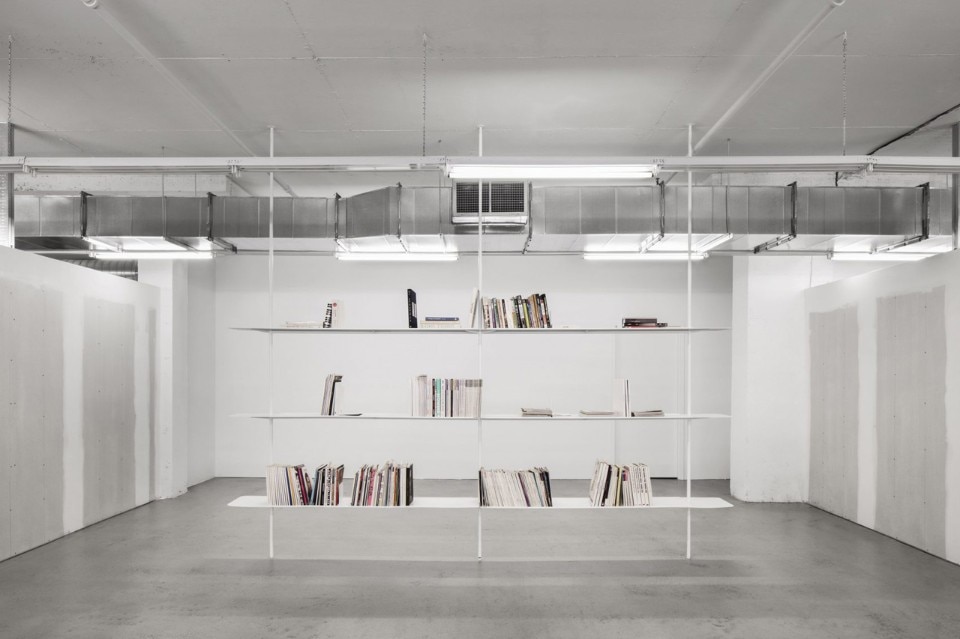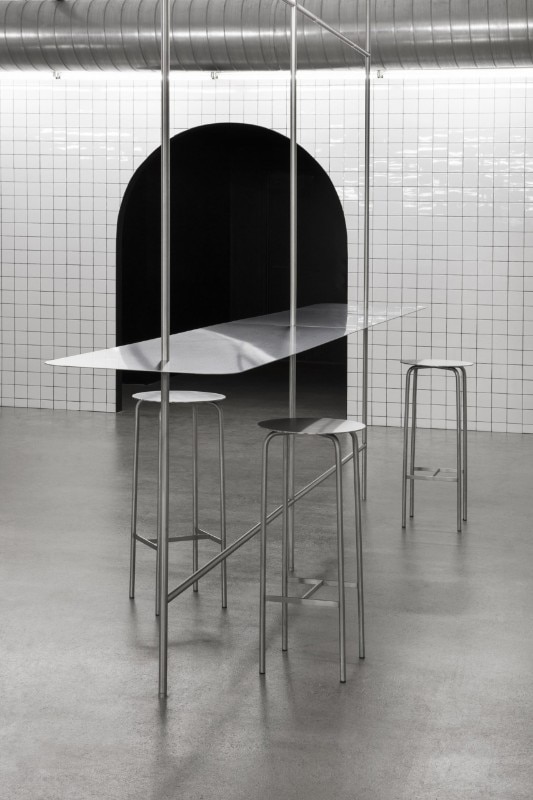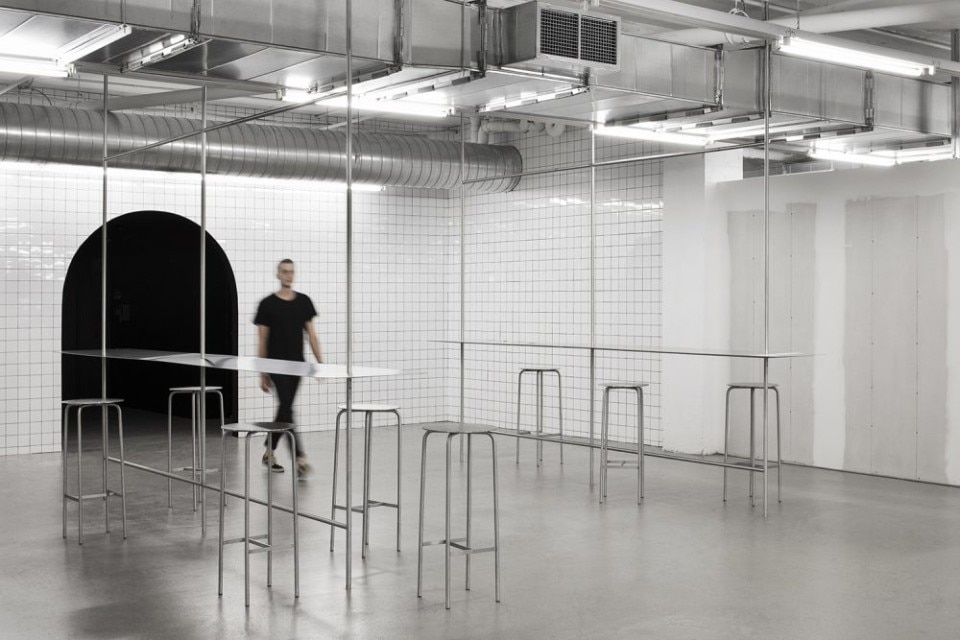“You’re using it wrong”. It is no secret, but the fact that we are abusing the iPhone has even been underlined by its creator Jonathan Ive. Created with the idea of moving as far as possible away from the depressing mobile phones available until 2007, it has become an accessory used almost exclusively for sharing on social networks. It is potentially the smallest and most efficient mobile office in the world, but it is liked most of all for its recreational functions.
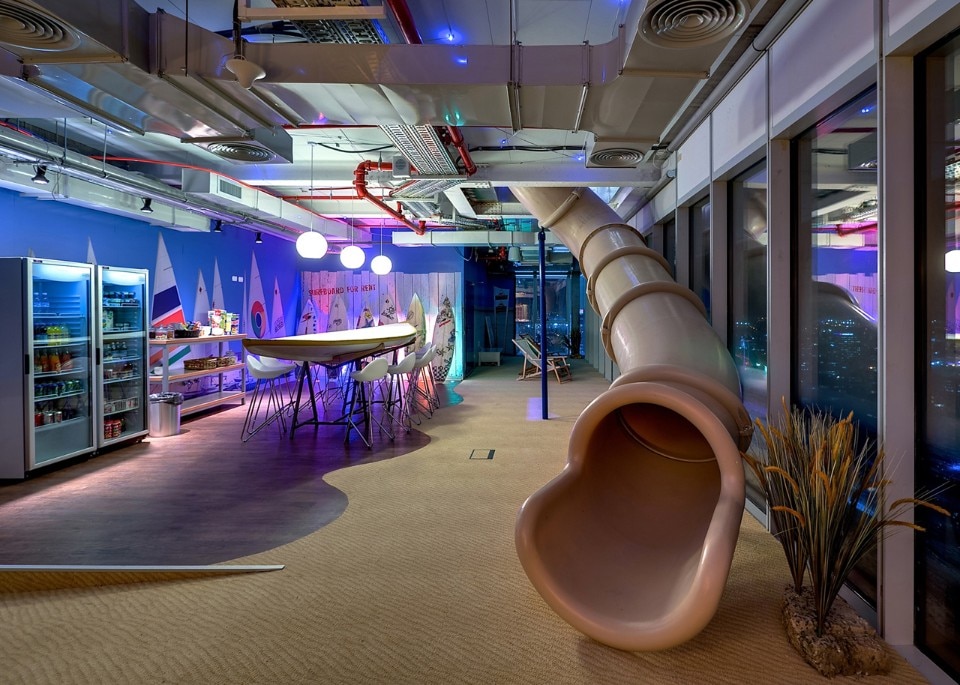
 View gallery
View gallery
A destiny which, in parallel to the explosion of Facebook, has also affected the design of company offices. A location which, over the space of 15 years, has passed from being an “office” to a “workplace”, a place where one lives the experience of work. With niches for privacy needs, semi-transparent screens, and areas where one can switch off, and where it is not unusual to find arcade video games and pinball machines. The theory that supports this domestic evolution of working environments focuses on reasons of efficiency and well-being: on what to concentrate on in order to optimise surfaces and render staff happier and therefore more productive. In a leap through time from the alienating cubicles of Jacques Tati, we have come to the Humanism of the office, with refreshing and anti-bureaucratic areas, devitalised of their more classic and impersonal status. A little bit home and a little bit hotel foyer, as transitory as the departure and arrivals areas of an airport, decorated with the positive use of colour and loads of greenery.
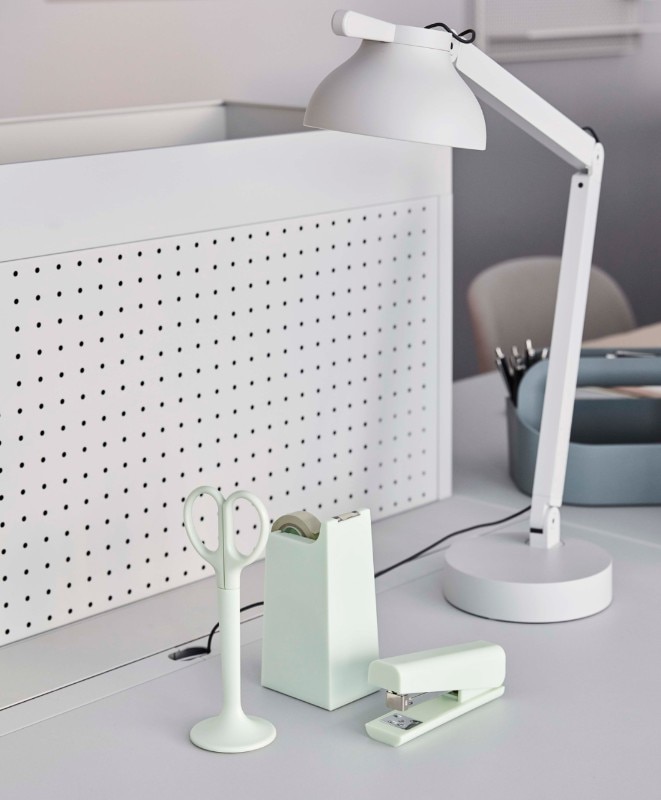
 View gallery
View gallery
It seems like a recent conquest, and instead it is not so new. In the 1980 film 9 to 5, a similarly amazing transformation took place. After having kidnapped their boss, three secretaries revolutionise the toxic atmosphere in their office by the promulgation of democratic laws and spirit-strengthening interior decoration. The result was an increase in productivity, but that was fiction. But with courses of digital detox for those who can’t even stop checking their smartphones with their hands tied, does it still make sense to propose distractions like Google's slide in offices? Or even just something like the sofa at home? More than five years ago, Hay tried to shake up these habits with the New Order project, which demonstrated its resolve even in the name. The return to Danish order was ensured by a series of modular shelving units which were sufficiently minimal as to strike a blow to the familiar style of many working environments. Designed by Stefan Diez, New Order was shown further amplified and rarefied in colour at the recent Stockholm Furniture & Light Fair. A sign of the desire for even more pronounced camouflaging than in the past.
Boring Collection by Lensvelt
However, the brand which has come to the point of affirming that the time for true renovation has come is another, the Dutch Lensvelt. It made this claim at the 2016 International Furniture Fair, and is once again saying the same, finally making the award-winning Boring Collection, which won the Milano Design Award, available for sale. Office furniture and equipment once again becomes grey and boring, like the outer casing of old-style computers, when the needs of the employee were the least pressing of matters. Its message is clear: business before pleasure. And that can only come after 5 p.m. The classic time to clock out in the world of office work is the only mark present on the face of the wall clock from the collection.
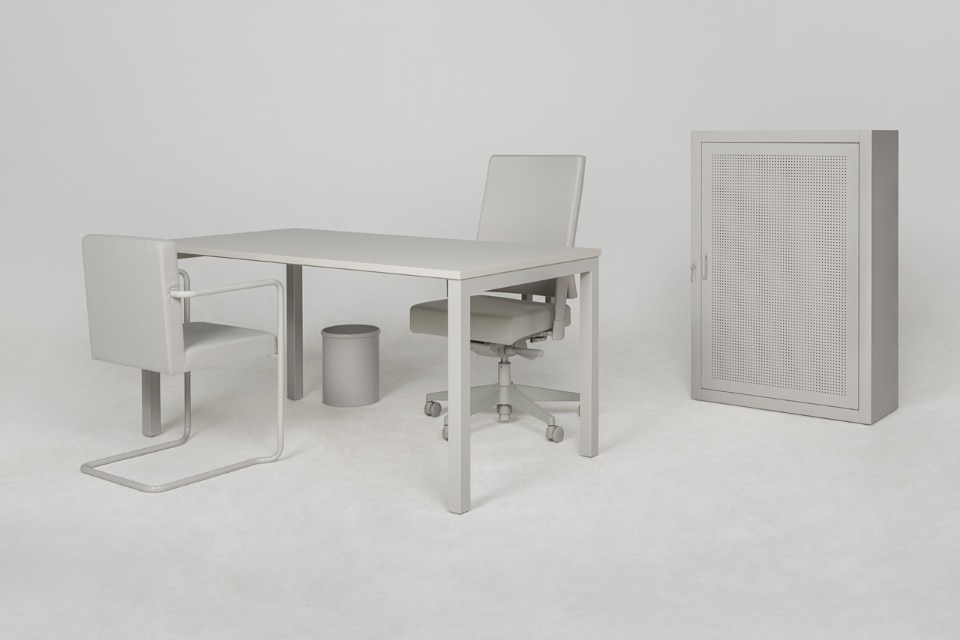
 View gallery
View gallery
The 1,000-euro package, Set #1 –, which comprises a desk, a waste paper basket, a swivel chair and a cabinet - recalls the rigorous Zen discipline of the writer Jonathan Franzen who, in order to properly concentrate, famously used to block internet access on his computer. The Boring Collection is undoubtedly an extreme criticism of playful concessions in contemporary work spaces; nonetheless, the fact that the furniture in many creative companies which apply such tactics resemble the sets of the sitcom Friends underlines its pressing message. A message which does not appear to have passed unobserved, judging from the austere offices which Atelier Barda inaugurated at the end of 2017 for Ssense, an online platform for fashion products based in Montreal. Respectful of the current rules of good design, Barda has not renounced the creation of an oasis of green, but the rest of the space is a tribute to the industrial structure of the original warehouse, made-to-measure steel furniture included.
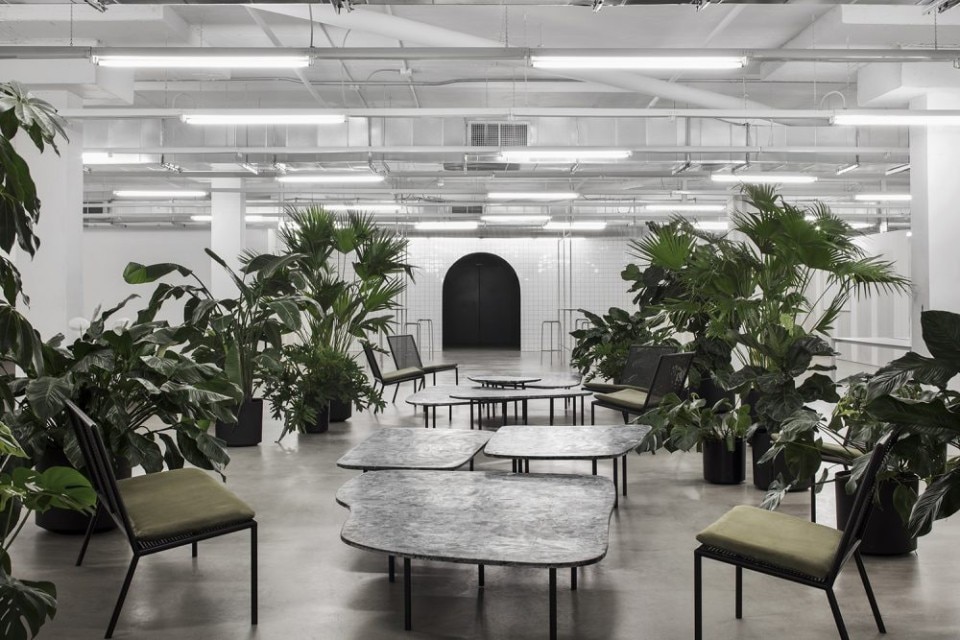
 View gallery
View gallery
The fact that the style of a place undoubtedly also influences working performance appears to be the message here. Visiting a place that, by assonance, recalls the basic deconstruction of a loft can consequently relax general attention. This may well be a fluid society where co-working spaces are cropping up throughout cities, but few of these avoid offering some kind of background music which does not consequently require the use of a pair of earphones to block out the irritating disturbance. Furthermore, the decision made a few days ago to allow staff in the cultural offices of the Municipality of Genoa to bring their dogs to work is pet friendly, unless the stress gets to nearby workers who do not appreciate having them around. It is not that at home, the real home, everything works better. In I work from home, a comic piece by Colin Nissan for the New Yorker, a man who works from home is the protagonist of a desperate emergency call. He can’t remember if he has eaten or not, if the yoga mat is really his, and why he still has his pyjamas on when he is sure he had put on jeans. The operator reassures him that they will be sending a rescue team soon. The impossibility of separating office and living room can be deleterious, they tell him. Just imagine when an architectural studio deliberately puts them together.


